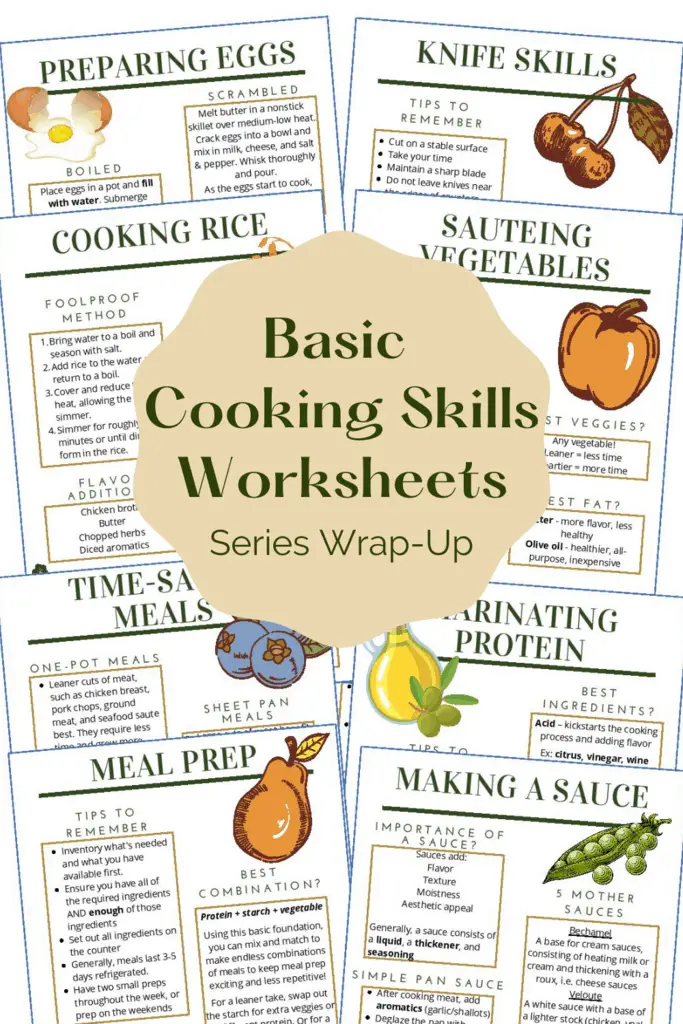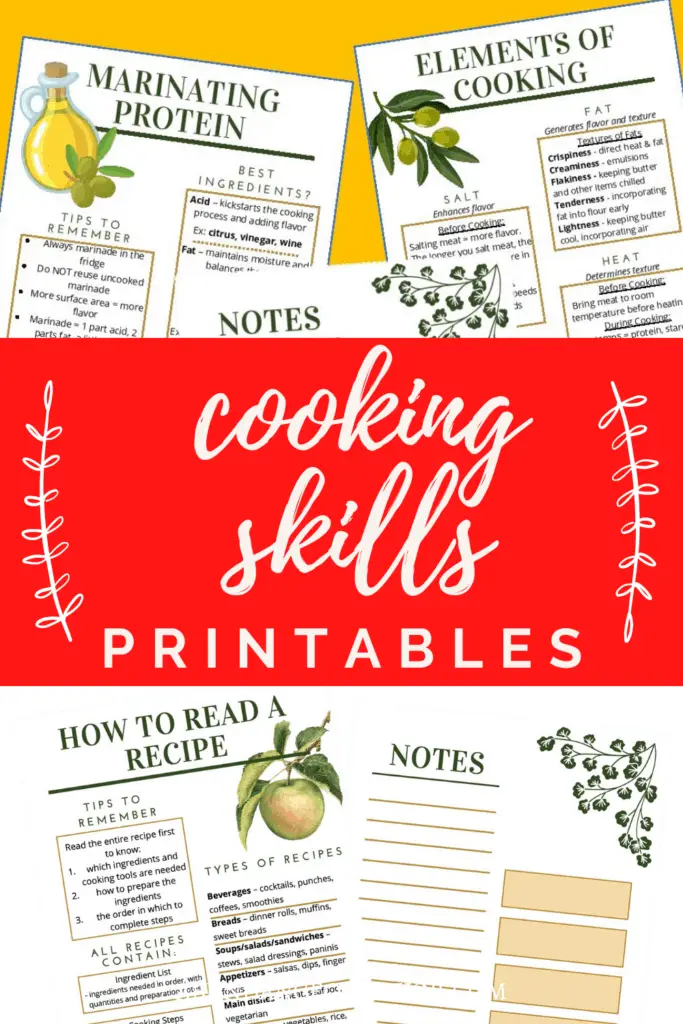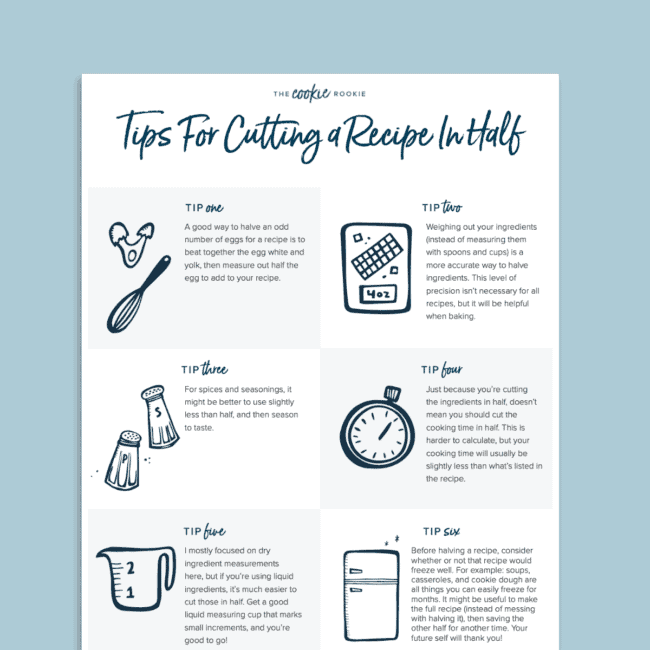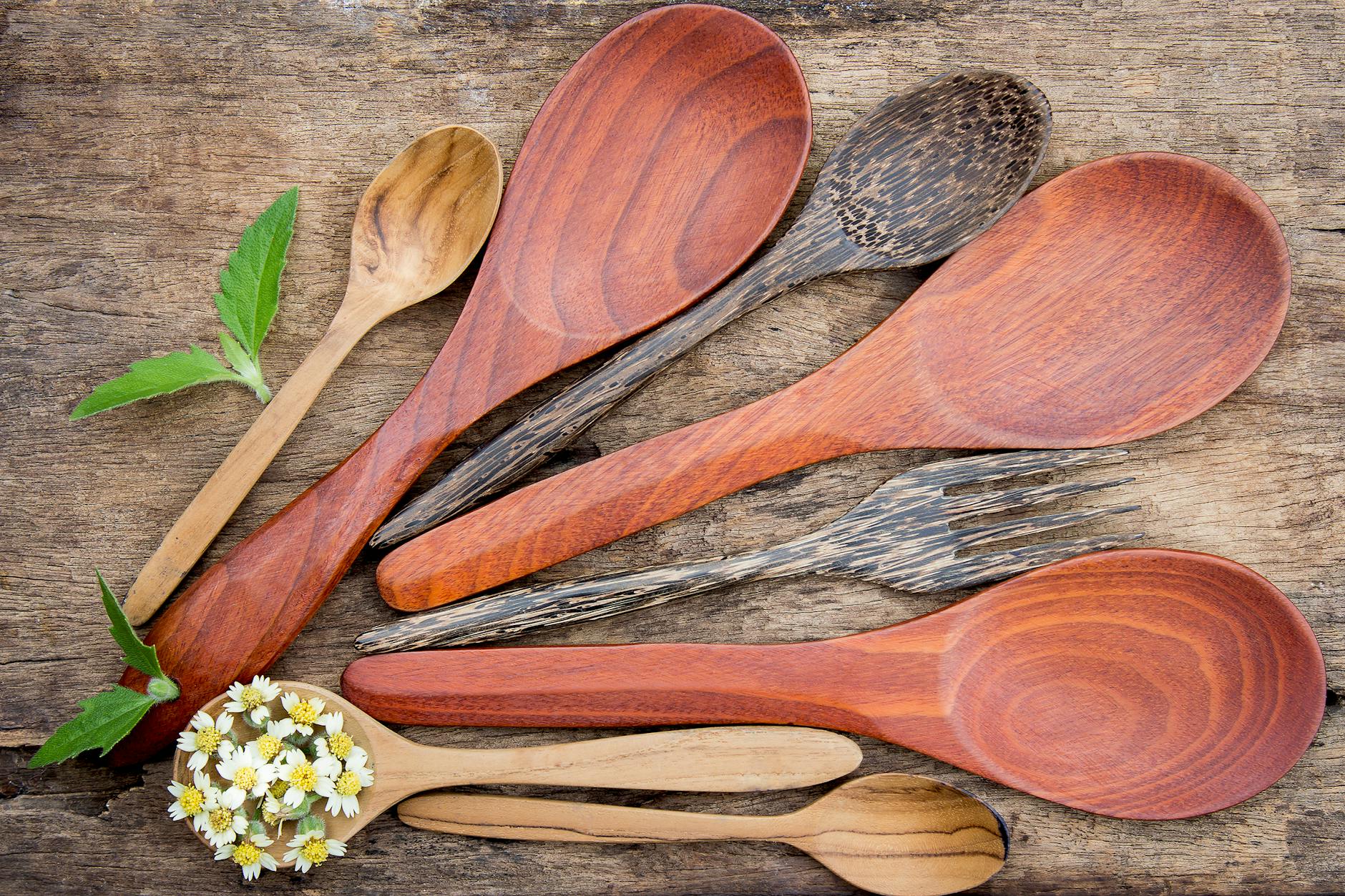Unlock the secrets to culinary success with our comprehensive guide to mastering the timeless dishes that every beginner chef should know.
Table of Contents
Introduction to Cooking for Beginners
Welcome to the exciting world of cooking! Whether you’re a beginner or just starting out on your culinary journey, learning to cook can be a fun and rewarding experience. In this guide, we will explore the joy of creating meals and provide you with easy-to-follow recipes to get you started on your cooking adventure.
What Makes Cooking Fun?
Cooking is more than just preparing food – it’s a creative process that allows you to experiment with flavors, textures, and ingredients. From choosing the perfect recipe to adding your own personal touch, cooking can be a source of enjoyment and pride as you watch your dishes come to life.
A Guide for the First Steps
This cooking guide is designed to help beginners like you take the first steps into the world of cooking. Whether you’re looking to make comforting classics or embark on a culinary adventure, this guide will provide you with the essential tools, tips, and recipes to get started on your cooking journey. So, put on your apron and let’s get cooking!
Let’s dive into the world of cooking by learning some essential kitchen basics that every beginner should know. Whether you’re mixing up a batch of cookies or simmering a pot of soup, these fundamental tools and terms will set you on the path to culinary success.
Common Kitchen Tools
First things first, let’s talk about the tools you’ll need in your kitchen. Here are a few must-have items that will come in handy as you start your cooking journey:
- Cutting board: A flat surface for chopping veggies and meat.
- Knife: To slice and dice ingredients.
- Pots and pans: For cooking soups, pasta, or stir-fries.
- Measuring cups and spoons: To accurately measure ingredients.
- Mixing bowls: For combining all your delicious ingredients.
Kitchen Vocabulary
As you explore different recipes, you’ll come across some cooking terms that might sound unfamiliar at first. Here are a few basic terms to get you started:
- Saute: To cook food quickly in a small amount of oil over high heat.
- Bake: To cook food in an oven using dry heat.
- Simmer: To cook food gently in liquid over low heat.
- Grate: To shred food into tiny pieces using a grater.
With these tools and terms under your belt, you’re well on your way to becoming a kitchen pro. Now, let’s get cooking!
Safety First
As you embark on your culinary adventure, it’s crucial to prioritize safety in the kitchen. While cooking can be a fun and rewarding experience, it’s important to remember to take necessary precautions to prevent accidents and injuries. In this section, we’ll discuss how to stay safe while you cook so that you can enjoy creating delicious meals without any worries.
Avoiding Cuts and Burns
When working with kitchen tools and appliances, it’s essential to handle them with care to avoid cuts and burns. Always pay attention to what you’re doing and keep your focus on the task at hand. Make sure to use knives properly, keeping your fingers out of the way and using cutting boards to protect your work surface. Additionally, be cautious around hot stovetops and ovens to prevent burns. Remember, it’s better to take your time and be careful than to rush and risk getting hurt.
Food Safety
Food safety is another important aspect of cooking that young chefs should be aware of. It’s crucial to keep your ingredients clean and properly cooked to avoid foodborne illnesses. Wash your hands before and after handling food, and make sure to wash fruits and vegetables thoroughly. When cooking meat, poultry, or fish, ensure that they are cooked to the appropriate internal temperature to kill any harmful bacteria. By following proper food safety practices, you can enjoy your meals with peace of mind knowing that they are safe to eat.
Simple Cooking Techniques
In this section, we will explore some basic cooking methods that every beginner should know. Learning these techniques will help you become more confident in the kitchen and open up a world of culinary possibilities.

Image courtesy of www.pinterest.com via Google Images
Boiling Water
Boiling water is a fundamental cooking technique that serves as the foundation for many recipes. To boil water, simply fill a pot with water, put it on the stovetop, and turn on the heat. Once the water reaches a rolling boil with bubbles breaking on the surface, it’s ready to use for cooking pasta, rice, or vegetables.
Basic Frying
Frying is another common cooking method that involves cooking food in hot oil or butter. To fry food safely, make sure the oil is hot but not smoking. Carefully place the food in the pan and cook until golden brown on each side. Remember to always use caution around hot oil to prevent burns.
Getting Started with Baking
Baking is a fun and rewarding way to create delicious treats like cookies, cakes, and bread. To get started with baking, try a simple recipe like chocolate chip cookies. Follow the instructions carefully, preheat the oven, and bake until the cookies are golden brown. Before you know it, you’ll be a baking pro!
Picking Good Ingredients
When it comes to cooking comforting classics or embarking on a culinary adventure as beginners, one of the most crucial steps is picking good ingredients. The quality of ingredients you choose can truly make or break a dish, affecting its taste and overall success. Here’s a guide to help you select the best ingredients for your cooking.
Freshness Matters
First and foremost, always prioritize freshness when selecting your ingredients. Fresh vegetables, fruits, and meats not only offer superior flavor but also more nutrients. When picking out produce, look for vibrant colors, firm textures, and no signs of wilting or bruising. For meats, ensure they are well within their expiration date and have a bright color with no strange odors.
Understanding Food Labels
Reading food labels is another essential skill to master when choosing ingredients. Pay attention to expiration dates to guarantee you are using fresh products. Additionally, take note of nutritional facts to be aware of the ingredients, allergens, and additives in packaged foods. Understanding food labels can help you make healthier choices and prevent any unwanted surprises while cooking.
Following a Recipe
When you’re starting out on your cooking journey, one of the best ways to learn how to make delicious dishes is by following recipes. Recipes are like step-by-step guides that tell you what ingredients you need and how to put them together to create a tasty meal. Let’s explore how you can master the art of following a recipe like a pro!
| Classic Dish | Ingredients | Instructions |
|---|---|---|
| Spaghetti Bolognese | Ground beef, onion, garlic, tomato sauce, spaghetti, grated Parmesan cheese | 1. Cook spaghetti according to package instructions. 2. In a separate pan, brown ground beef with onion and garlic. 3. Add tomato sauce to beef mixture and simmer. 4. Serve beef mixture over cooked spaghetti and top with Parmesan cheese. |
| Chicken Alfredo | Chicken breast, fettuccine pasta, heavy cream, garlic, Parmesan cheese, butter | 1. Cook pasta according to package instructions. 2. Season and sauté chicken breast until cooked through. 3. In a separate pan, heat heavy cream with garlic and butter. 4. Add cooked pasta, chicken, and Parmesan cheese to cream sauce. Serve hot. |
| Beef Stew | Stewing beef, potatoes, carrots, onion, beef broth, tomato paste, flour | 1. Coat beef cubes in seasoned flour and brown in a pan. 2. Add chopped vegetables, broth, and tomato paste to beef in a pot. 3. Simmer stew until beef is tender and vegetables are cooked. 4. Serve hot with crusty bread. |

Image courtesy of www.abundanceofflavor.com via Google Images
Recipe Terms and Measurements
Recipes often use specific terms and measurements that might be new to you. Here are some common terms you might come across:
- Cup: A measuring tool used to measure dry and liquid ingredients.
- Teaspoon (tsp) and Tablespoon (tbsp): Units of measurement for smaller amounts of ingredients.
- Oven Temperature: The heat setting at which you need to cook the dish, usually in degrees Fahrenheit.
- Sauté: A cooking technique where you quickly cook food in a little bit of oil over high heat.
It’s essential to follow these instructions carefully to ensure that your dish turns out just right!
Tips for Recipe Success
Here are some helpful tips to keep in mind as you follow a recipe:
- Read the recipe first: Take a moment to read the entire recipe before you start cooking so you know what to expect.
- Gather all your ingredients: Before you begin cooking, make sure you have all the necessary ingredients and tools ready to go.
- Follow directions precisely: Pay close attention to the order in which ingredients are added and any specific instructions the recipe gives.
- Adjust to taste: Feel free to adjust seasonings or ingredients to suit your preferences, but be cautious with measurements for best results.
By following these tips and paying attention to the details in a recipe, you’ll be well on your way to cooking up fantastic dishes in no time!
Cooking Comforting Classics
Now, let’s dive into some comforting classics that are not only delicious but also easy to make. These recipes will surely warm your heart and make you feel like a pro in the kitchen. So, put on your apron and get ready to cook up some tasty dishes!
Classic Spaghetti
First up, let’s start with a classic spaghetti recipe. This beloved dish is a crowd favorite and perfect for beginners. To make this comforting meal, you’ll need spaghetti noodles, tomato sauce, ground beef (or veggies for a vegetarian twist), and some seasonings like oregano and garlic powder.
To begin, cook the spaghetti noodles according to the package instructions. In a separate pan, brown the ground beef (or sauté the veggies) and add the tomato sauce. Season with oregano, garlic powder, salt, and pepper to taste. Once everything is cooked, simply pour the meat sauce over the cooked spaghetti noodles and top with some grated cheese. Voila! You have a delicious plate of classic spaghetti ready to enjoy.
Homemade Pizza Fun
Next, let’s try making homemade pizza for a fun and tasty meal. For this recipe, you’ll need pizza dough, tomato sauce, shredded mozzarella cheese, and your favorite toppings like pepperoni, bell peppers, mushrooms, and more.
Start by rolling out the pizza dough into a round shape on a baking sheet. Spread the tomato sauce evenly on the dough, sprinkle the shredded mozzarella cheese, and add your desired toppings. Then, pop the pizza into a preheated oven and bake until the crust is golden brown and the cheese is bubbly. Slice it up and enjoy a delicious homemade pizza that tastes just like your favorite pizzeria!
Creating Your Flavor
As you become more comfortable in the kitchen, you may start thinking about how to make your dishes truly unique. Adding your personal touch to recipes can turn a simple meal into a culinary masterpiece. Here are some tips to help you create your flavor:

Image courtesy of www.abundanceofflavor.com via Google Images
Experimenting with Spices
Spices are like magic ingredients that can transform ordinary dishes into extraordinary creations. Start by trying out different spices in small quantities to see how they change the flavor of your food. You might discover a new favorite combination that will make your dish stand out!
Making It Your Own
Don’t be afraid to add your favorite ingredients or make substitutions to recipes. If you love cheese, add a little extra on top of your pasta. If you prefer chicken over beef, go ahead and swap them out. Cooking is all about expressing yourself, so feel free to get creative and make the recipe truly your own!
Make sure to taste as you go to adjust the seasonings to your liking. Being bold and experimenting with different flavors is a great way to learn more about cooking and develop your own unique style.
Building Up Confidence
Cooking, just like any other skill, requires practice to improve. The more you cook, the more confident you will become in the kitchen. Don’t be discouraged if your first attempts don’t turn out perfectly. Every mistake is a learning opportunity to grow and enhance your cooking skills. Remember, even professional chefs started as beginners!
Celebrating Your Dishes
One of the best parts of cooking is sharing your creations with others. Celebrate your accomplishments in the kitchen by inviting your family and friends to enjoy the meals you’ve prepared. Their positive feedback and encouragement will boost your confidence and inspire you to keep exploring new recipes and flavors. Cooking is not only about feeding yourself but also about sharing joy and creating memories with loved ones.
Summary and Encouragement
As we wrap up this beginner’s guide to cooking classics, remember that embarking on a culinary adventure is not just about following recipes; it’s about exploring your creativity and passion in the kitchen. Let’s recap some key points and encourage you to keep honing your skills!

Image courtesy of www.thecookierookie.com via Google Images
Throughout this guide, we’ve covered the basics of cooking, from kitchen tools and safety to simple techniques like boiling, frying, and baking. You’ve learned about the importance of choosing fresh ingredients, following recipes, and even adding your own personal twist to dishes.
Now, as you continue on your culinary adventure, don’t be afraid to experiment with different spices, mix and match ingredients, and most importantly, have fun in the kitchen! Cooking is like an art where you can create flavors that suit your taste and style.
Remember, practice makes perfect. The more you cook, the more confident you’ll become in the kitchen. So, keep trying new recipes, celebrating your successes, and learning from any mistakes along the way. Cooking is a skill that improves with time and experience.
Whether you’re whipping up a classic spaghetti dish or trying your hand at homemade pizza, every meal you make is a step forward in your culinary journey. Share your creations with friends and family, and don’t be afraid to showcase your talent!
So, keep exploring, keep cooking, and keep enjoying the delicious rewards of your efforts. Your culinary adventure has just begun, and the possibilities are endless. Happy cooking!
Frequently Asked Questions (FAQs)
Q1: What is the easiest dish for a beginner to cook?
For beginners just starting out in the kitchen, one of the easiest dishes to cook is a classic grilled cheese sandwich. All you need is bread, butter, and cheese. Simply butter two slices of bread, place them in a pan over medium heat, add cheese in between, and grill until golden brown on both sides. Another simple dish is scrambled eggs, where you just need eggs, butter, and a pan to cook them in.
Q2: Can I make my own recipes?
Absolutely! Cooking is all about creativity. While you may want to start with following recipes to get a hang of things, feel free to experiment and make your own recipes. You can start by making simple adjustments to existing recipes. For example, if a recipe calls for broccoli but you prefer peas, feel free to swap them out. Don’t be afraid to add your favorite herbs, spices, or extra ingredients to create a dish that’s unique to you!




